Disclosure: This article contains affiliate links. We may earn a commission from purchases at no extra cost to you, which helps our travel content.
The first time I visited Chile in my early fifties, I made the classic tourist mistake of never venturing beyond Santiago's polished streets. But last fall, while planning my third Chilean adventure, my Korean childhood friend Mi-ja (who relocated to Chile decades ago) insisted I experience Rancagua—a city where authentic Chilean life thrives just 87 kilometers south of the capital. What was meant to be a quick weekend detour turned into the cultural highlight of my journey. While Santiago dazzles with cosmopolitan energy, Rancagua embraces you with unhurried charm and traditions that feel refreshingly genuine. As someone who has spent four decades navigating between Korean and American identities, I've developed a particular appreciation for places that maintain their cultural authenticity while still welcoming outsiders. Rancagua does exactly that, making it perfect for families seeking meaningful cultural experiences without overwhelming logistics or excessive costs.
Getting to Know Rancagua: Chile's Overlooked Gem
Rancagua sits in Chile's fertile Central Valley, surrounded by agricultural lands and framed by distant Andean foothills that turn magnificent shades of amber and russet during fall months. The city's compact historic center radiates from Plaza de Los Héroes, where my weekend exploration began under the watchful gaze of the impressive San Francisco Church.
What immediately struck me was the absence of tourist crowds. Unlike Santiago's sometimes overwhelming energy, Rancagua moves at a pace that allows for genuine connection. Families strolled the plaza, elderly men played animated chess matches, and local vendors sold seasonal treats without the inflated 'tourist tax' I've encountered elsewhere.
'This is where real Chileans live real lives,' Mi-ja explained as we watched children feeding pigeons while their parents chatted on benches beneath flowering jacaranda trees.
Though my adventurous spirit typically leads me to paragliding launches or coral reefs, there's something equally thrilling about discovering a place where authentic cultural experiences unfold naturally. Rancagua offers this rare gift—a window into Chilean life untainted by excessive tourism.
The city's historical significance runs deep. It was here in 1814 that Chile fought a crucial independence battle against Spanish forces. The Museo de la Patria Vieja near the plaza provides excellent context through interactive exhibits that even captivated my friend's eight-year-old grandson, proving history can entertain across generations when well-presented.

💡 Pro Tips
- Visit Plaza de Los Héroes in late afternoon when locals gather for their traditional paseo (evening stroll)
- The tourist information office on the plaza offers free walking tour maps in English
- Museo de la Patria Vieja is closed Mondays; plan accordingly
Mercado Central: A Feast for All Senses
If there's one place that captures Rancagua's essence, it's the Mercado Central. Unlike Santiago's market, which now caters heavily to international visitors, Rancagua's market remains refreshingly functional—a place where locals actually shop for weekly provisions.
I arrived early Saturday morning, when the market pulses with its most authentic energy. Farmers from surrounding agricultural regions had just delivered their seasonal bounty: autumn brought quince, persimmons, walnuts, and the last of summer's tomatoes displayed in pyramids of vibrant color.
'Pruebe, señora, pruebe!' (Try it, ma'am, try it!) vendors called out, offering generous samples that reminded me of Korean markets from my childhood in Busan. I accepted slices of cherimoya fruit, its creamy flesh tasting like a delightful blend of banana and pineapple.
The market's central food section features modest stalls serving traditional Chilean dishes at prices that would be impossible in Santiago. For families traveling on a budget, this is where to experience authentic cuisine without strain. My friend's grandson devoured a bowl of cazuela (Chilean chicken soup) while we adults sampled pastel de choclo, a comforting corn and meat casserole perfect for fall weather.
Bring a packable tote bag for market purchases—you'll want to take advantage of the affordable fresh and dried fruits to snack on during your explorations. I filled mine with dried apple rings, toasted almonds, and manjar (Chilean dulce de leche) that proved perfect for hotel room picnics.
The market also houses artisans selling copper crafts—a nod to nearby El Teniente, the world's largest underground copper mine. These make thoughtful, affordable souvenirs with actual connection to local industry rather than mass-produced trinkets.
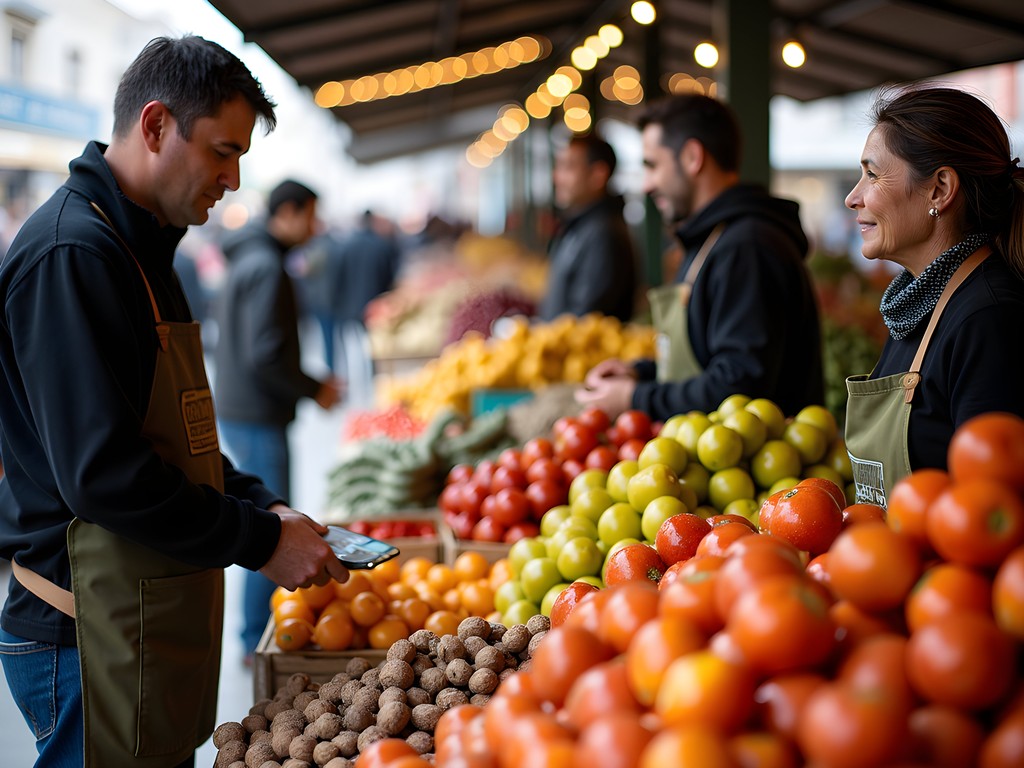
💡 Pro Tips
- Visit between 8-10am on Saturday for the fullest experience with fresh produce
- Look for the 'Menú del Día' signs at food stalls for the best value meals
- Most vendors don't accept credit cards, so bring Chilean pesos
Family-Friendly Cultural Immersion at Sewell Mining Town
Just 60 kilometers east of Rancagua lies one of Chile's most fascinating UNESCO World Heritage sites—Sewell Mining Town. This former copper mining settlement, dramatically perched at 2,200 meters in the Andes, offers families an educational adventure that feels like stepping into a living museum.
Built in 1905 by the Braden Copper Company, this 'city of stairs' once housed 15,000 people who worked the El Teniente mine. Today, its colorfully painted wooden buildings cling to the mountainside, connected by a network of staircases (no streets exist here) that my friend's energetic grandson declared 'the coolest place ever.'
Visits require advance booking through CODELCO, Chile's national copper corporation, as transportation is only available through their authorized tour. While this adds a layer of planning, it ensures a well-organized experience with knowledgeable guides who bring the town's history to life.
During fall, the crisp mountain air and reduced visitor numbers make for an ideal experience. The vibrant blue, green, and yellow buildings pop against the autumn-hued mountains, creating a photographer's paradise. I captured some of my favorite images here with my trusty travel camera, which handled the challenging lighting conditions beautifully.
For children, Sewell offers an irresistible blend of adventure and education. The mining museum features interactive exhibits explaining copper extraction in kid-friendly ways, while the preserved gymnasium, social club, and workers' housing paint a vivid picture of daily life in this unique community.
As someone who has witnessed how quickly traditional ways disappear in our rapidly modernizing world, I found Sewell's preservation efforts particularly moving. The site tells not just the story of copper mining but of the multicultural community that formed around it—Chilean workers alongside American engineers creating their own unique cultural hybrid, much like I've done throughout my own cross-cultural life journey.
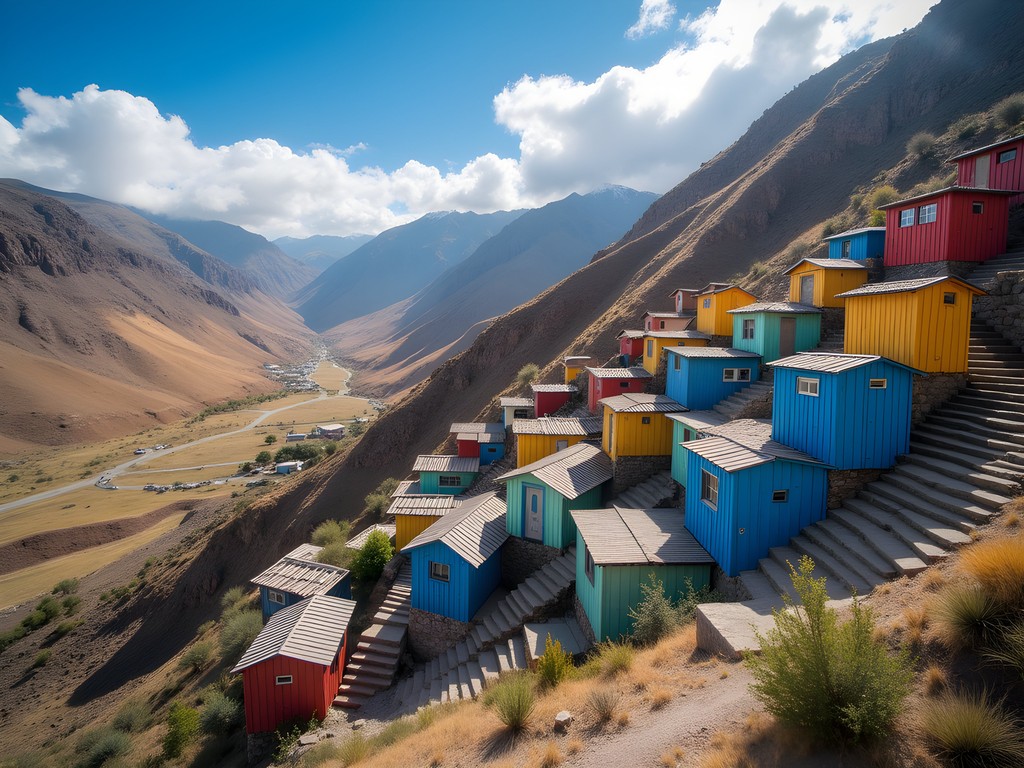
💡 Pro Tips
- Book your Sewell tour at least one week in advance through the El Teniente Division office in Rancagua
- Wear sturdy walking shoes—the site involves many stairs at high altitude
- Bring layers as mountain weather can change quickly, even in fall
Savoring Rancagua: From Traditional Cuisine to Craft Beer
My culinary adventures in Rancagua revealed a delightful surprise—while the city honors traditional Chilean cooking, it's also embracing the craft beverage movement that I've followed enthusiastically across five continents.
For authentic family meals, Casa Cordillera on Calle Estado offers the perfect introduction to Chilean cuisine. The restaurant occupies a restored colonial home where generations of the same family have prepared recipes passed down through centuries. Their cazuela de vacuno (beef soup) warms both body and soul on cool autumn evenings, while children delight in homemade empanadas with perfectly flaky crusts.
What particularly impressed me was the restaurant's commitment to local sourcing—vegetables come from nearby farms, meats from regional producers, and wines from small vineyards in the O'Higgins region that rarely export. The owner, Señora Carmen, often emerges from the kitchen to explain dishes personally, especially to foreign visitors. When she learned of my Korean heritage, she insisted I try their charquicán (Chilean beef stew), noting similarities to certain Korean stews in its hearty, comforting qualities.
My most unexpected discovery came when Mi-ja's son-in-law insisted we visit Cervecería Rancagua, a microbrewery housed in a converted warehouse near the train station. As someone who has explored craft beer scenes worldwide since my fifties, I was genuinely impressed by their Copper Ale—a medium-bodied beer with notes of caramel and a subtle mineral quality attributed to the region's famous copper-rich terrain.
The brewery welcomes families with a pleasant outdoor patio where children can play while adults sample beer flights served in copper trays—another nod to local mining heritage. I paired mine with a charcuterie board featuring local cheeses, including a standout goat cheese from the Andean foothills that I'm still dreaming about.
To capture these flavors at home, I purchased a spice set containing traditional Chilean seasonings like merken (smoked chili), oregano from the Andes, and Chilean salt. These have allowed me to recreate some of Rancagua's flavors in my Cleveland kitchen, much to the delight of my grandchild who now requests 'Chilean dinner nights.'

💡 Pro Tips
- Casa Cordillera requires reservations on weekends—have your hotel call ahead
- Cervecería Rancagua offers family-friendly seating until 8pm, after which it becomes adults-only
- Ask for the 'medio medio'—half traditional lager, half dark beer—a Chilean specialty not on most menus
Where to Stay: Family-Friendly Accommodations
Rancagua offers surprisingly good value accommodations, especially compared to Santiago's often inflated prices. For families seeking authentic experiences without sacrificing comfort, I recommend several options that won't strain your travel budget.
Hotel El Cobre perfectly balances price and comfort in its recently renovated rooms. Its central location just three blocks from Plaza de Los Héroes means you can easily return for afternoon siestas—essential when traveling with children. The hotel occupies a converted heritage building with a charming interior courtyard where breakfast is served among potted flowers and a small fountain. Their family rooms include thoughtful touches like child-sized bathrobes and local storybooks in Spanish and English.
For longer stays or larger families, Apartamentos Don Matías offers apartment-style accommodations with fully equipped kitchens—ideal for preparing simple meals with market finds. The property features a small swimming pool that my friend's grandson thoroughly enjoyed after our day trips.
My personal choice was the delightful Casa Patrimonial B&B, where owner Francisca has transformed her grandmother's traditional home into an intimate five-room accommodation. My room featured handcrafted furniture and textiles that showcased Chilean craftsmanship, while breakfasts included homemade preserves from fruit grown in the property's garden.
Francisca also offers cooking classes where families can learn to prepare Chilean specialties together. We spent a memorable evening making traditional sopaipillas (pumpkin fritters) and pebre (Chilean salsa)—an activity that engaged three generations of my friend's family in cultural learning through food.
To ensure restful sleep regardless of where you stay, I recommend packing a sleep mask. Chilean homes and smaller hotels often have thinner curtains than Americans are accustomed to, and fall sunlight can arrive early through east-facing windows.
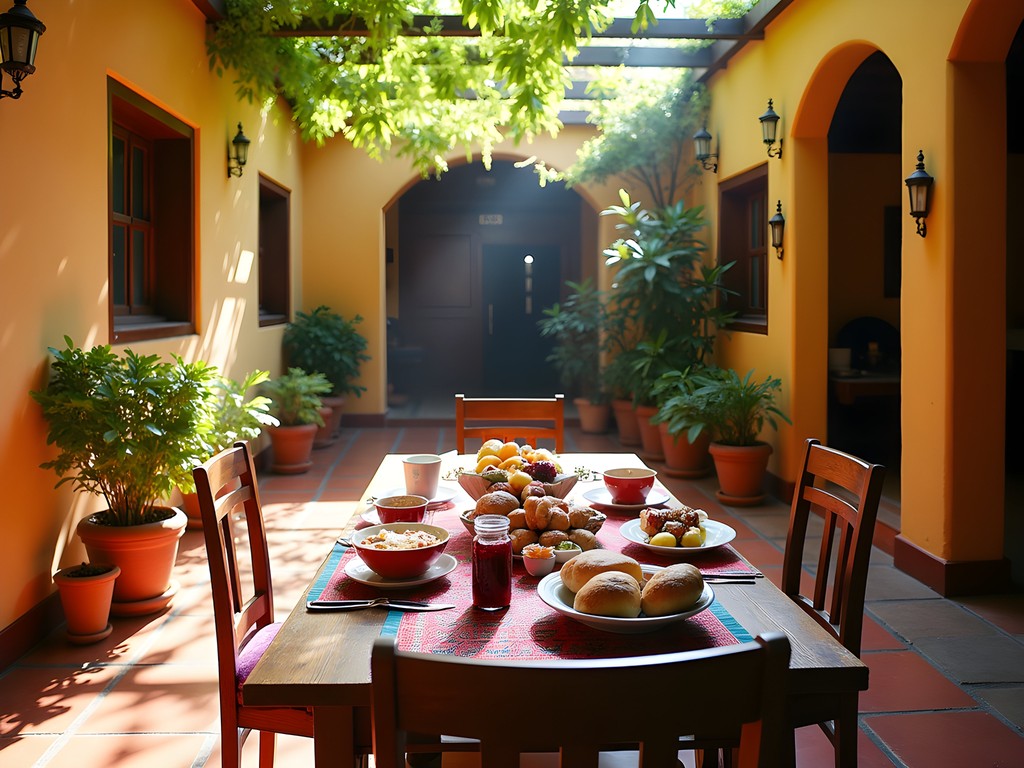
💡 Pro Tips
- Request interior-facing rooms for quieter nights, especially at Hotel El Cobre
- Casa Patrimonial's cooking classes require 24-hour advance reservation
- Most accommodations offer significantly discounted rates Sunday through Thursday
Final Thoughts
As my weekend in Rancagua drew to a close, I found myself reluctant to leave this authentic slice of Chilean life. While Santiago dazzles with cosmopolitan attractions, Rancagua offers something increasingly rare—a chance to experience a place where traditions remain vibrant and daily life unfolds with genuine warmth. For families seeking cultural immersion without overwhelming logistics or costs, this overlooked gem delivers rich rewards. From children racing paper boats in Plaza de Los Héroes' fountain to multi-generational families sharing Sunday meals at Casa Cordillera, Rancagua reminds us that authentic travel experiences often lie just beyond the well-trodden tourist path. As I've discovered in my six decades of life across two continents, sometimes the most meaningful connections happen in places where you can simply be present rather than checking off sights. Rancagua offers exactly this gift—a chance to temporarily step into real Chilean life, creating memories that will resonate long after you've returned home.
✨ Key Takeaways
- Rancagua offers authentic Chilean cultural experiences just 87km from Santiago
- Fall brings ideal weather, reduced crowds and beautiful colors to the region
- The city provides excellent value for budget-conscious family travelers
- Local markets, UNESCO sites and craft breweries create multi-generational appeal
- Connecting with local residents provides the most meaningful travel experiences
📋 Practical Information
Best Time to Visit
Fall (March-May) for mild temperatures and harvest festivals
Budget Estimate
$50-100 per day per person including accommodations, food and activities
Recommended Duration
2-3 days
Difficulty Level
Easy
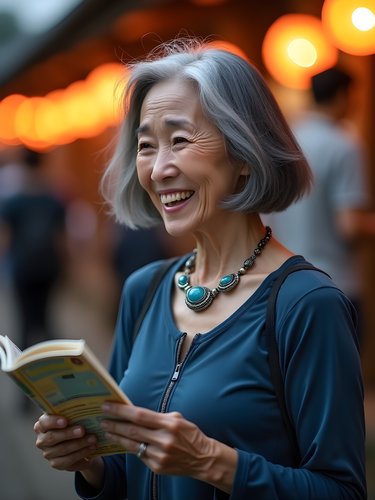
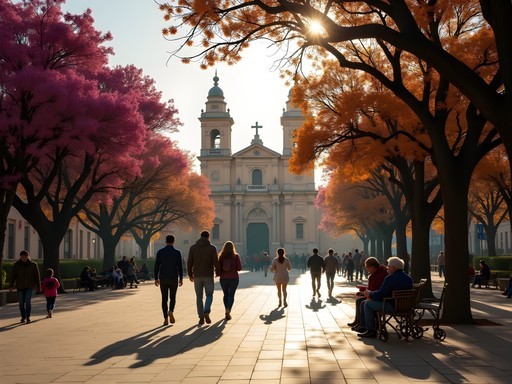
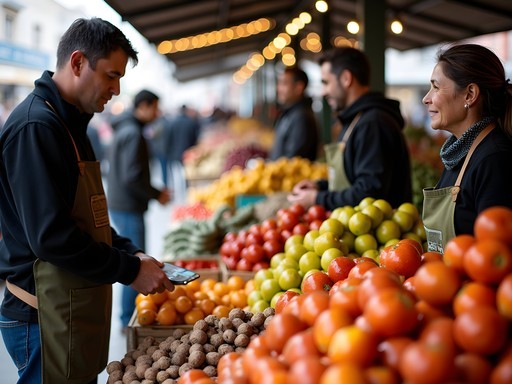





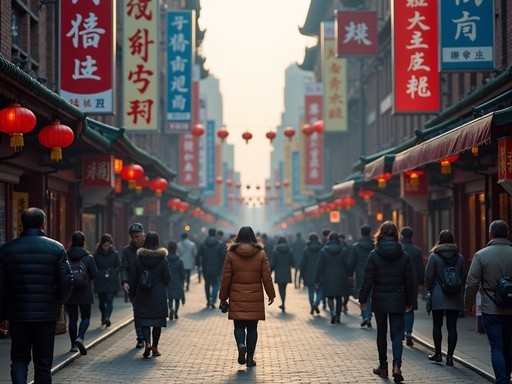
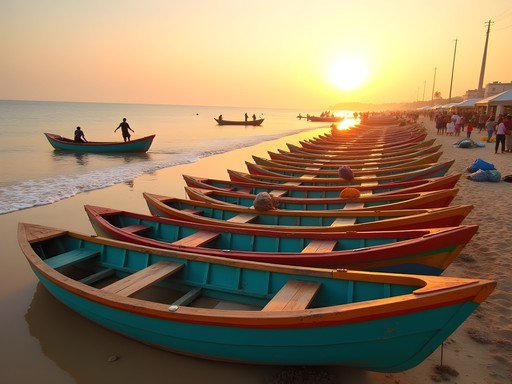
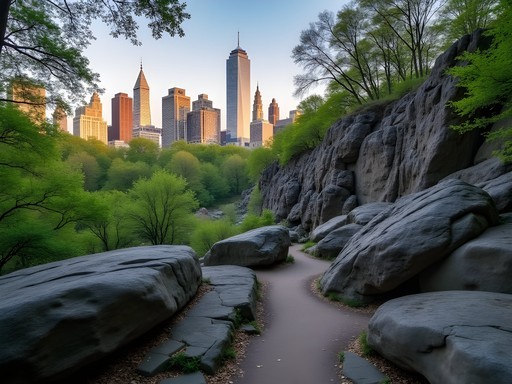
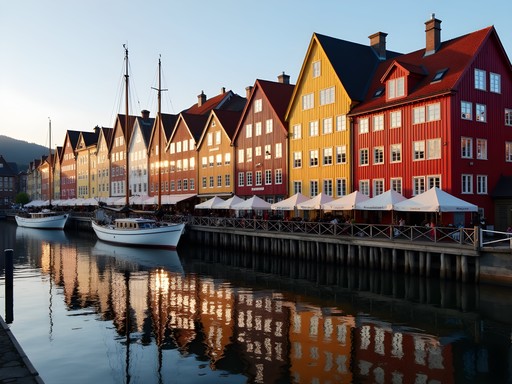
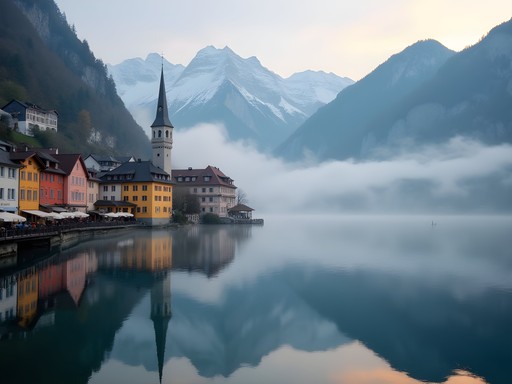
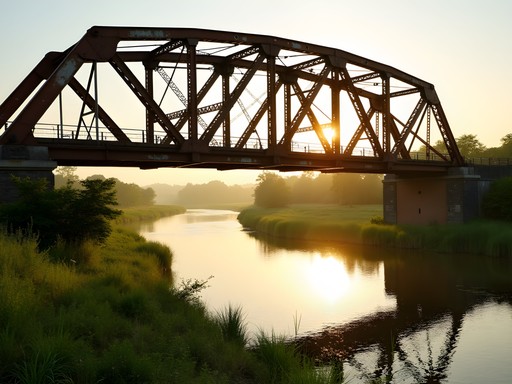
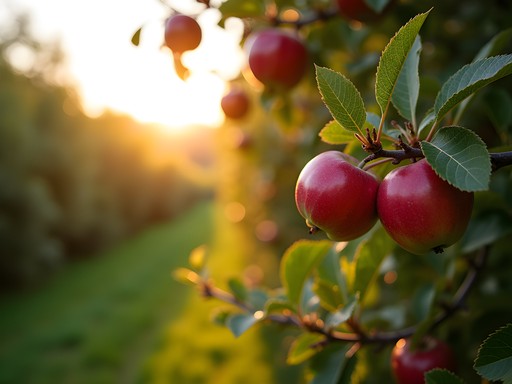
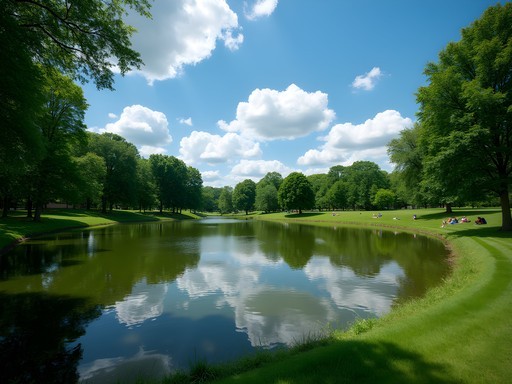
Comments
freelife
I really like your photo of the Mercado Central! The colors are amazing. Going back to Chile next year and adding Rancagua to my list now.
vacationadventurer
Is Rancagua safe for families with young kids? Planning a Chile trip next year and trying to decide if we should venture beyond Santiago.
summerclimber
We took our 8 and 10 year olds there last summer and felt totally safe. The mining town was actually their favorite part of our whole Chile trip - they loved the funicular and learning about the miners' lives. Just bring sun protection!
vacationadventurer
That's great to hear! Adding it to our itinerary then. Thanks!
springseeker
Those craft beer recommendations are spot on! La Región brewery was our favorite stop in Rancagua.
Bryce Diaz
Sophia, your post brought back so many memories! I visited Sewell Mining Town last year and was blown away. For anyone planning to go - wear good hiking shoes as the terrain is uneven, and bring layers since it gets chilly at that elevation. I'd recommend the guided tour option since the history is so fascinating. Also, don't miss trying 'chorrillana' at one of the local pubs in Rancagua - it's this massive plate of fries topped with sautéed beef, caramelized onions and fried eggs. Perfect after exploring all day! I used my pocket translator which was super helpful since English isn't widely spoken outside the tour sites.
vacationadventurer
Chorrillana sounds amazing! Any specific pub you'd recommend for trying it?
Bryce Diaz
I went to La Herradura near the main plaza. Super authentic and the portions are HUGE - definitely meant for sharing!
ChileTraveler92
Your photos of the market are amazing! The colors are so vibrant. Makes me want to visit right now!
wavegal
OMG those food photos from Mercado Central have me DROOLING! 🤤 Definitely adding Rancagua to my Chile itinerary for next spring!
moonclimber
How easy is it to get from Santiago to Rancagua? Is there a bus or do you need to rent a car?
Bryce Diaz
There's actually a really convenient train called Metrotren that goes from Santiago's Central Station directly to Rancagua. Takes about 1-1.5 hours and runs frequently. Super affordable too - I paid less than $5 USD each way when I visited last year. Way less stressful than driving!
moonclimber
Thanks Bryce! That's perfect. I'm planning a trip to Chile and don't want to drive, so train sounds ideal.
summerclimber
Finally someone writing about Rancagua! Such an underrated spot that most tourists skip.
wavegal
Right? I was just thinking the same thing. Always Santiago this, Valparaíso that...
summerclimber
Exactly! The smaller cities have so much more authentic culture. Loved the Mercado Central part of this post.
traveladventurer
This post came at the PERFECT time! I'm heading to Chile next month and was debating whether to include Rancagua or just stick to the usual tourist route. You've convinced me! Those food photos from Mercado Central have my mouth watering. I've been using Chile travel guide for planning but it barely mentions Rancagua compared to your detailed insights. Question - is it easy to find English speakers there or should I brush up on my very basic Spanish? Also, was the Sewell Mining Town tour suitable for someone with mild claustrophobia?
freelife
I was there in September - definitely brush up on Spanish! Not much English outside tourist spots but locals are super patient.
traveladventurer
@freelife Thanks for the heads up! Time to dust off my Duolingo app 😅
globelife
We did the public transportation from Santiago too and it was great! Way cheaper than renting a car. How many days would you recommend staying in Rancagua? We're planning our Chile trip for next year and wondering if it's worth more than just a day trip.
springseeker
Not the author but we spent 3 days there last month and it was perfect! Definitely do the Sewell Mining Town tour - incredible place!
Venture X
Premium card with 2X miles, $300 travel credit, Priority Pass